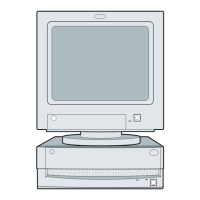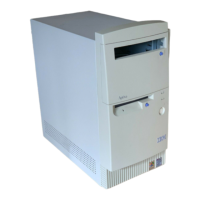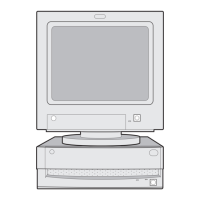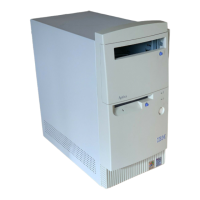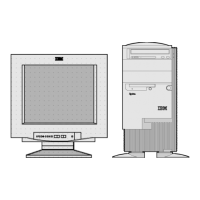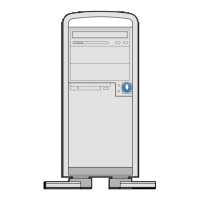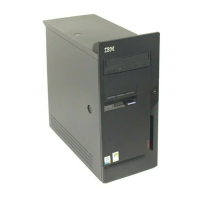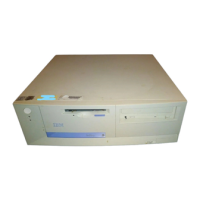Check Procedures 53
Troubleshooting
Failing Parts or Assemblies:
The check procedures generally help you trace
a problem to one part or assembly. The last step of the specific check
procedure you are using indicates that a part or assembly is failing. You should
inspect the part or assembly before you decide to replace it. It might be loose,
dirty, or in need of a small repair. The check procedures might lead you to two,
or even three, possible failing parts or assemblies. The parts that might be
failing are listed in order of the most probable failure. Also, the FRU parts are
defined as replaced units and are not repaired in the field.
Measuring Voltages:
Some check procedure steps instruct you to measure
voltages on cable plugs and electronic board connectors. If you are asked to
measure voltage at several places on a plug or connector, a chart next to or
near the instruction indicates the number of the plug or connector, the pin
numbers you should measure, the signal name, and the correct voltage for the
condition you are measuring. Measure the voltage only at the pins listed in the
chart. Remember to set the meter on the correct scale and to put the meter
leads in the correct position for the voltage you are asked to measure.
NOTE:
Use frame ground as the ground reference. Attach the black (ground)
lead of meter to frame ground, except where specified otherwise.
Factory-Installed Storage Devices
Use this check procedure to test any factory-installed drives, including Zip
drives.
ATTENTION:
The customer may have customized settings in the Setup Utility
(other than default settings) on the computer you are servicing. Running
the Setup Utility might alter those settings. Take note of the current
settings and verify that the customer settings are in place when service
is complete.
NOTE:
If you cannot access the hard disk drive or load a diskette from Drive A
or load a CD from the CD-ROM drive, make sure that the BIOS Setup
Utility has the startup sequence set with diskette, CD ROM, and hard
disk drives.
001 - START
•
Insert the diagnostics diskette into the diskette drive.
•
Power-off then power-on the system unit.
002 - DO ANY POST MESSAGES, ERROR CODES, BEEPS, OR
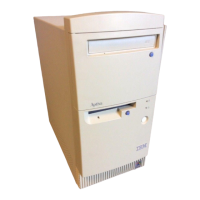
